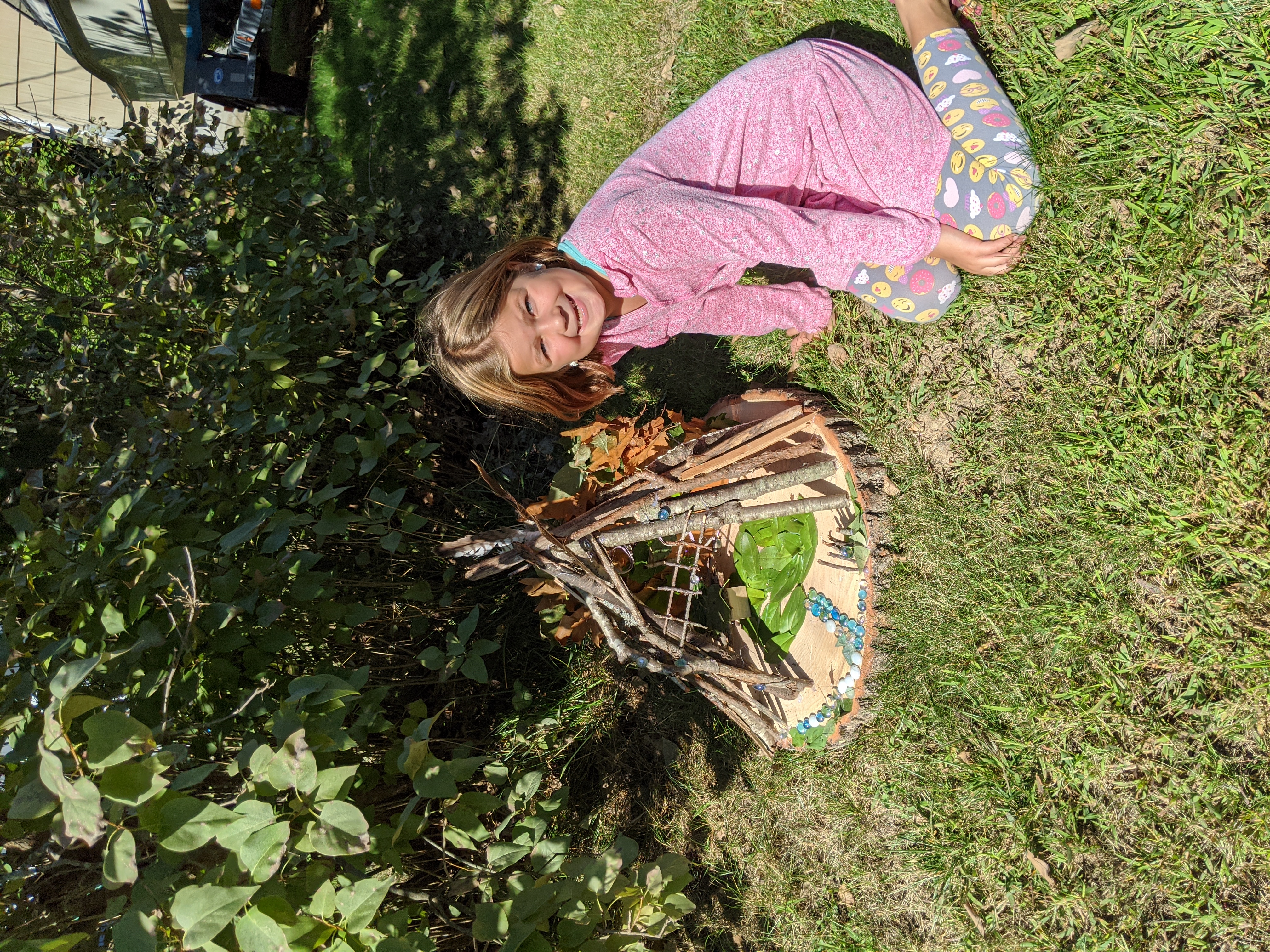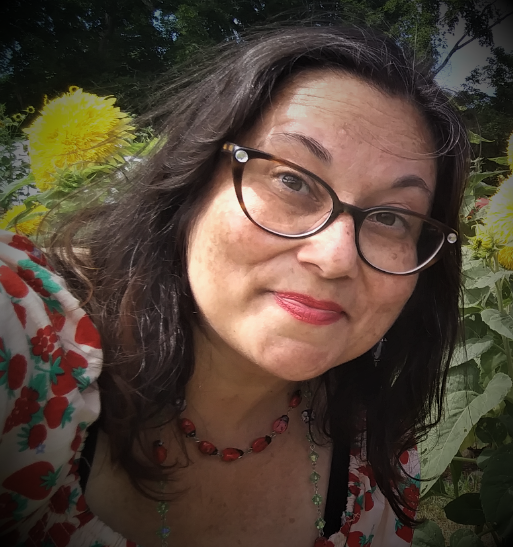Check Out The School
Participation & Student
Activities Guide

Portsmouth Fairy House Tour
The Portsmouth Fairy House Tour is the world’s largest fairy house tour and features more than 250 handcrafted fairy houses of all shapes, sizes and designs. The sophistication of each design is secondary to each entrant’s ability to create something that exists in harmony with nature and sparks the imagination.
The fairy houses on display are made by local schoolchildren, families, artists, florists, and business owners.
Build an Enchanted Home
Fairy houses are small structures for fairies and nature’s friends to visit. They are made out of natural materials such as sticks, bark, dry grasses, pebbles, shells, feathers, seaweed, pinecones and nuts. Ranging from rustic to intricate, these whimsical habitats can be built by individuals or groups of all ages with an interest in nature and a desire to develop their creativity, joy and pride in sharing their work.
Originally started on islands off the coast of New England, fairy house building has spread throughout the country thanks to Tracy Kane, a resident of Lee, NH and the author of the Fairy Houses® series of books. Read her series to learn more about the principles and beauty of fairy houses.
Schoolchildren of all ages are welcome to submit a fairy house for display. Houses must be brought to the Strawbery Banke Museum on Friday, September 20 between 9am-12pm.
All fairy houses must be picked up after the tour ends between 3-5pm on Sunday, Sept 22. Any homes not removed by 5pm will become the property of the Friends of the South End.
Click here for our easy to follow Fairy House Building Checklist
Here are a few guidelines for creating your fairy houses
AGES: We encourage adults and children under 12 to work together on a fairy house submission. Children over 12 are invited to submit a fairy house on their own.
Advance registration is not required for children.
MATERIALS: All fairy houses must appear to be made entirely of natural components – dry grasses, leaves, sticks, pebbles, shells, bark from a fallen tree, milkweed pods, acorns, berries, gourds, miniature pumpkins, and pine cones are a few examples. Hot glue, acrylic spray, natural twine and other man-made items can be used but must be completely concealed by natural elements. No artificial flowers, glass beads or plastic elements should be used.
BASES: Platforms or man-made support materials can be used, but must be concealed with natural materials.
SIZE: Houses of any size and theme are welcome.
THEMES: We encourage you to be as creative as you wish, however, we do ask that your fairy houses not display political commentary or themes that are not appropriate for a young audience.
Share your videos & photos with us
Once your fairy house is completed, grab your phone, tablet, video camera or whatever device you prefer to either film a short video tour or take a few photographs of your amazing creation to share with us!
Videos are limited to 1 minute or less. Photos are limited to 6. Be sure to label any media files that you send to us with the name so that we can credit you properly. You can upload your photos and videos directly from your phone, tablet or computer to: info@fairyhousetour.com.
 Heather Hatada-Boyd, Teacher, Author & Naturalist
Heather Hatada-Boyd, Teacher, Author & NaturalistWant to learn about the fundamental principles of fairy house building? Need some quick fairy house related crafts for your classroom? Join Heather for a one hour conversation in which she will share all the how-tos for your eager children, complete with a reading list and simple directions to follow.
Fairy House Tour Intro for Librarians & Teachers